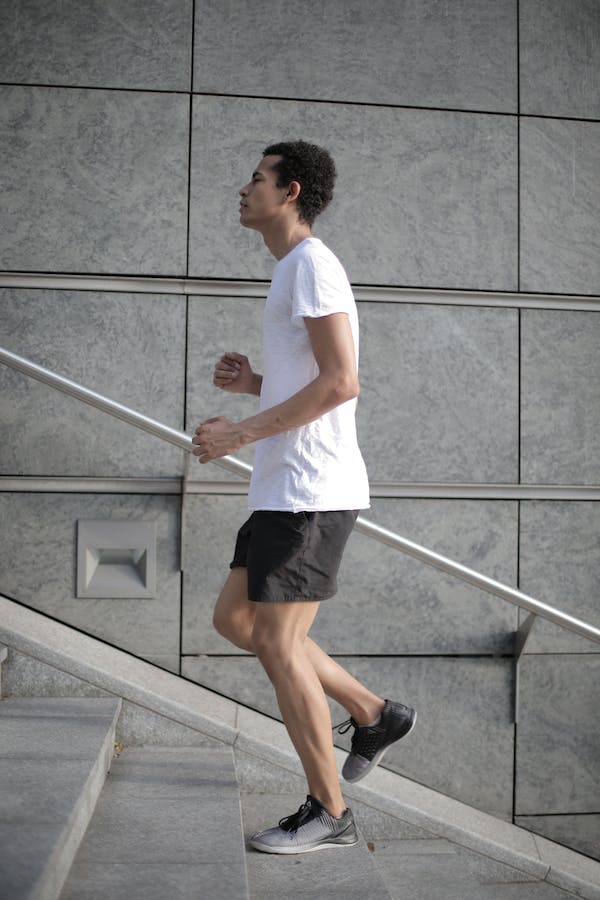NEWS
How To Quickly And Accurately Measure Your Step Length

Introduction
The average person walks between 2,000 and 4,000 steps per day. But what does that number really mean? Your step length is the distance between the heel of one foot to the heel of your other foot when you take a step.
How To Measure Step length can give you valuable insights into your fitness level and help you track your progress over time. It can also help you prevent injuries by ensuring that you are using the proper form and technique when you walk or run.
In this article, we will discuss why step length is important to measure, what factors can affect your step length, and how to accurately measure your step length. We will also provide a step-by-step guide on how to use your step length measurement to improve your walking or running technique.
Why is step length important to measure?
Measuring step length can help you gauge your overall fitness level and track your progress over time. Step length is an important factor in calculating the number of calories you burn while walking or running and it can also help you adjust your stride length and pace to make sure you are working your body at the right intensity. By measuring your step length, you can take steps to prevent injuries and ensure that you’re getting the most out of your workouts. Measuring your step length can also be a useful tool if you are training for an event, such as a marathon. It can give you an indication of how well you are pacing yourself and whether or not you are pushing yourself too hard. Knowing your step length also ensures that you have a specific goal in mind and can make it easier for you to set and measure your progress over time.
What factors can affect your step length?
There are several factors that can affect your step length, including your height, weight, and the surface you are walking or running on. People of different heights generally take longer steps than people of shorter heights and people who are heavier tend to take shorter steps than those who are lighter. The surface you are walking or running on can also have an impact on your step length. A firm surface, such as a track or treadmill, will usually require shorter strides, while a softer surface, such as grass or sand, will require longer strides. In addition, your step length may be affected by the type of exercise you are performing. For example, if you are sprinting, your steps will tend to be shorter and faster than if you are jogging. In some cases, your step length can be affected by the type of shoe you are wearing. Shoes that are too big or too small can cause you to take shorter or longer steps than normal.
How to accurately measure your step length
Step length can be easily measured with an easy-to-use measuring tape. To get the most accurate measurement of your step length, it is important to take a few steps on a flat, level surface, such as a track or treadmill. To start, simply place the end of the measuring tape at the heel of one foot and take ten normal steps. After each step, mark the length of the step on the measuring tape with a pen or pencil. Once you have reached the tenth step, measure the total distance and divide by 10 to determine your average step length. It is important to note that your step length can vary based on the surface you are walking or running on and the intensity of the exercise. As such, it is advisable to measure your step length on a few different surfaces and at different speeds to get a more accurate picture of your average step length.
Conclusion
Step conversion is an important factor in tracking your progress and preventing injuries. By measuring your step length, you can gain valuable insights into your fitness level and ensure you are taking the proper steps to reach your goals in the most efficient way possible. While it is important to know your average step length, it is also important to measure your step length on different surfaces and at different speeds. This will give you an accurate picture of your stride length and help you adjust your stride length, pace, and intensity to optimize your workouts and get the most out of them.
Umar Nisar was born and raised in the busy city of Abbottabad. As a journalist, Umar Nisar has contributed to many online publications including PAK Today and the Huffing Post. In regards to academics, Umar Nisar earned a degree in business from the Abbottabad UST, Havelian. Umar Nisar follows the money and covers all aspects of emerging tech here at The Hear Up.
Thanks










